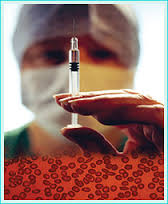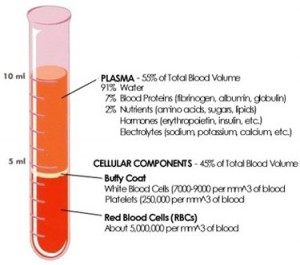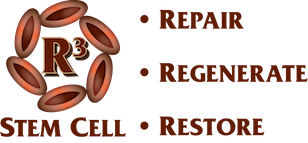Platelet Rich Plasma Therapy in South Florida
What you need to know about platelet rich plasma therapy
Platelet rich plasma therapy, known as PRP therapy for short, is an outpatient low-risk treatment that has shown exceptional effectiveness for all types of bone and soft tissue problems. The treatment is being used for all types of arthritis, including both degenerative and rheumatoid. In addition, PRP therapy is showing benefit for all types of soft tissue conditions including tendinitis, ligament injury and more.
tissue conditions including tendinitis, ligament injury and more.
Here is how the treatment works. Initially, a simple blood draw is performed from the patient of anywhere between 30 and 60 mL. Usually it’s taken from an arm just like it would be at a lab. This blood is then placed in a centrifuge machine and spun rapidly for 12 to 15 minutes.
This will separate the blood into three distinct layers. It is the middle layer that consists of concentrated platelets and growth factors in the blood. By the time this middle layer is separated from the rest, 5 to 10 mL results out of the whole blood draw.
The definition of platelet rich plasma is plasma that has a concentration of platelets way above the normal blood levels. Once the PRP is separated from the rest of the sample, it is then injected under sterile conditions into the region being treated.
How does PRP therapy work?
When the platelet rich plasma is injected into a painful area, such as a shoulder for rotator cuff tendinitis, it may provide excellent pain relief. There’s a considerable amount of science behind PRP that we don’t know yet. However, we do know the concentrated platelets and growth factors spark up an inflammatory reaction in the area. Inflammation is the first pha se of healing, so it can promote healing reaction in the area.
se of healing, so it can promote healing reaction in the area.
PRP therapy itself does not contain many stem cells. However, once injected it acts as an attractant for the body’s own stem cells to come in and help with the repair. Patients who undergo PRP therapy typically do so in an effort to avoid surgery and to heal faster. This may include PRP therapy for the knee, hip, ankle or shoulder to avoid a joint replacement. Or it may include platelet rich plasma for rotator cuff tendinitis, Achilles tendonitis, a ligament injury to the knee or any soft tissue condition where surgery is an absolute last resort such as plantar fasciitis.
The outcomes with PRP therapy have been excellent in the small studies reported. Patients may have increased pain for a couple days due to the inflammation generated, then pain relief typically kicks in. A series of 2 to 3 injections may be necessary over a six-month time for optimal results.
A recent study out of Hospital for Special Surgery showed PRP therapy provides excellent pain relief for tho se with mild to moderate knee arthritis pain. The majority of patients in that study saw no cartilage breakdown over a period of a year with only one PRP therapy injection.
se with mild to moderate knee arthritis pain. The majority of patients in that study saw no cartilage breakdown over a period of a year with only one PRP therapy injection.
Another recent study was published in the Clinical Journal of Sports Medicine looking at PRP therapy for chronic tennis elbow. In that study, 28 out of 30 patients were able to avoid surgery for tennis elbow when undergoing PRP therapy as a last resort. It was a remarkable finding.
Minimal risk is associated with platelet rich plasma therapy. It is the patient’s own blood, and it’s injected back into the body shortly after being drawn. There’s a minor risk of infection.
If you or a loved one is suffering from joint pain, sports injuries, or soft tissue injury such as a tendon or ligament injury, call Regenerative Institute of South Florida today!





